 This is an advanced classroom based course in navigation and meteorology for candidates for the Coastal Skipper and Yachtmaster Offshore Certificate and suits those who have already completed an RYA Day Skipper Course.
This is an advanced classroom based course in navigation and meteorology for candidates for the Coastal Skipper and Yachtmaster Offshore Certificate and suits those who have already completed an RYA Day Skipper Course.
On successful completion of the course, you will have sufficient background knowledge to skipper a yacht on coastal passages by day and night.
The syllabus makes some provisions for the revision of subjects in the Day Skipper Course but those who have not acquired the knowledge set out in the Day Skipper Course are unlikely to be able to assimilate all the subjects covered in this advanced course in the time available.
As you will be based in the Yacht Club, you will meet like minded Club Members whose passion is boating. Many skippers are looking for crew to club race and rallying and if you become a Member you can join the crew register and get an opportunity to sail on these craft.
Following on from this course you will have the opportunity to put these new found skills into practice on a 5 day RYA Yachtmaster Coastal Skipper Practical Course. Several courses are arranged by Sussex Yacht Club through Fairview Sailing Port Hamble Marina for the Spring or Autumn in the Solent.
Back to the RYA Yacht Training Homepage where you can also find out how to book ››
Cost
The cost of this course which is based at the Sussex Yacht Club Shoreham club house is £330 for SYC members and £445 for non-members.
Course dates and times
The duration of this course is 48 hours, plus 3 exams which are spread over six Saturdays 09:00 to 17:00.
The next course runs from November 2022 through to February 2023
Dates :-
12th & 26th November
10th December
7th, 21st & 28th January
Please book your place as early as possible as this is a very popular programe.
Syllabus
RYA COASTAL SKIPPER & YACHTMASTER OFFSHORE SHOREBASED COURSE
An advanced course in navigation and meteorology for the Coastal Skipper and Yachtmaster Offshore Shorebased Certificate.
Position
- Dead reckoning and estimated position
- Satellite-derived position
- Use of waypoints to fix position
- Radar fixes
- Techniques of visual fixing
- Fixes using a mixture of position lines
- Relative accuracy of different methods of position fixing
- Areas of uncertainty
The Magnetic Compass
- Allowance for variation
- Change of variation with time and position
- Causes of deviation
- Swing for deviation (but not correction)
- Allowance for deviation
- Different types of compass
Tides
- Causes of tides – Springs and Neaps
- Tide tables – sources
- Tidal levels and datum
- Standard and secondary ports
- Tidal anomalies (Solent, etc)
Tidal Streams
- Sources of tidal information
- Tidal stream information in sailing directions and Yachtsmen’s Almanacs
- Allowance for tidal streams in computing a course to steer
- Tide rips, overfalls and races
- Tidal observation buoys, beacons etc
Buoyage
- IALA system buoyage in Region A
- Limitations of buoys as navigational aids
Lights
- Characteristics
- Ranges – visual, luminous and nominal
- Rising and dipping distances
- Light lists
Pilotage
- Harbour regulations and control signals
- Methods of pre-planning
- Clearing lines
- Use of soundings
- Transits and leading lines
GPS and Chart Plotters
- Principles of operation and limitations of use
- Raster and vector charts
- Datum
- Importance of confirmation of position by an independent source and keeping a separate record of position
- Importance of paper charts
Echo Sounders
- Principles of operation and limitations of use
Logs (speed and distance measuring)
- Principles of operation and limitations of use
Deck Log
- Importance of log as yacht’s official document
- Layout of log, hourly and occasional entries
Meteorology
- Basic terms, the Beaufort scale
- Air masses
- Cloud types
- Weather patterns associated with pressure and frontal systems
- Sources of weather forecasts
- Ability to interpret a shipping forecast, weatherfax and weather satellite information
- Land and sea breezes
- Sea fog
- Use of a barometer as a forecasting aid
Rule of the Road
- A sound knowledge of the International Regulations for Preventing Collisions at Sea, except Annexes 1 and 3
Safety at Sea
- Personal safety, use of lifejackets, safety harnesses and lifelines
- Fire prevention and fire fighting
- Distress signals
- Coastguard and Boat Safety Scheme
- Preparation for heavy weather
- Liferafts and helicopter rescue
- Understanding of capabilities of vessel and basic knowledge of stability
Navigation in Restricted Visibility
- Precautions to be taken in fog
- Limitations to safe navigation imposed by fog
- Navigation strategy in poor visibility
Passage Planning
- Preparation of charts and notebook for route planning and making, and use at sea
- Customs regulations as they apply to yachts
- Routine for navigating in coastal waters
- Strategy for course laying
- Use of waypoints and routes
- Use of weather forecast information for passage planning strategy
- Sources of local and national regulations
Marine Environment
- Responsibility to minimise pollution and protect the marine environment
Recommended Reading
- RYA Navigation – Author: Tim Bartlett – ISBN 090150193X
- RYA Weather – Author: Chris Tibs – ISBN 0901501956
- Small Boat Guide to the Rules of the Road – Author: John Mellor – ISBN 0906754542
Back to the RYA Yacht Training Homepage where you can also find out how to book ››
Posted: June 28th 2013

